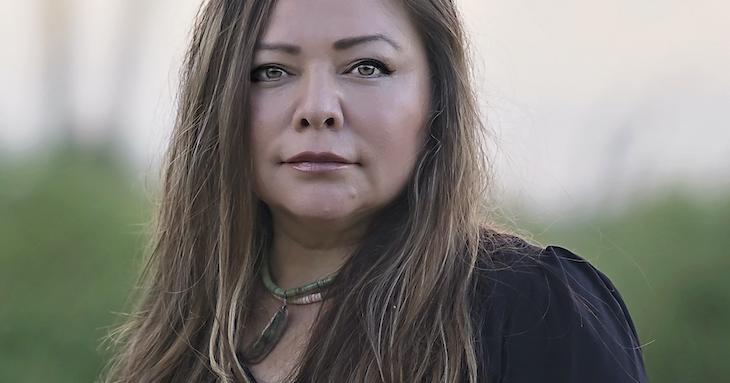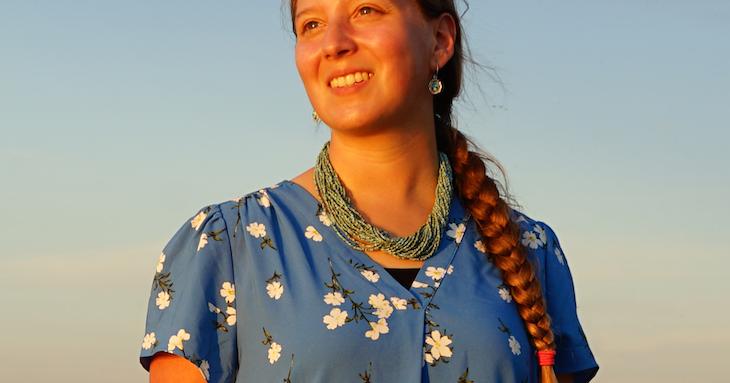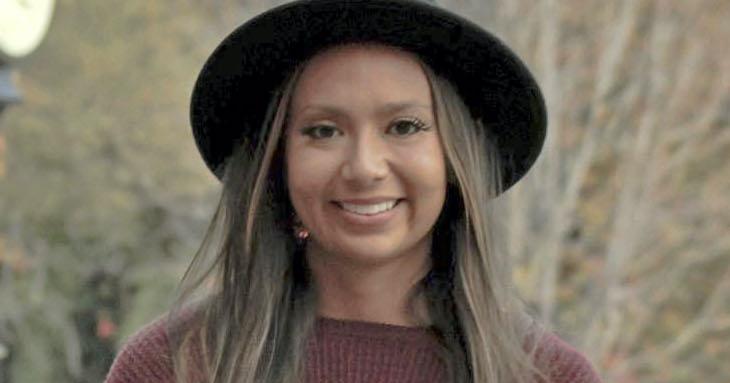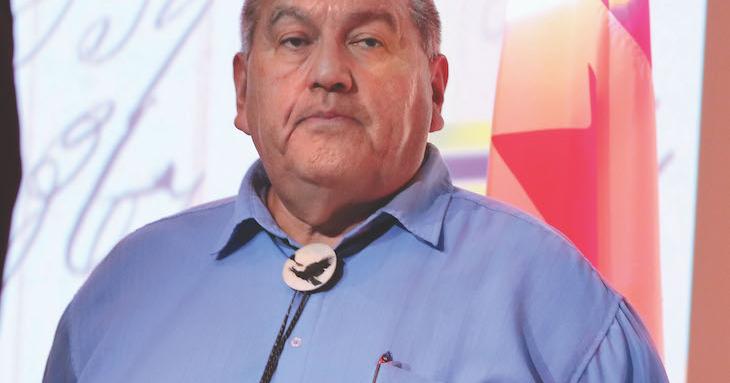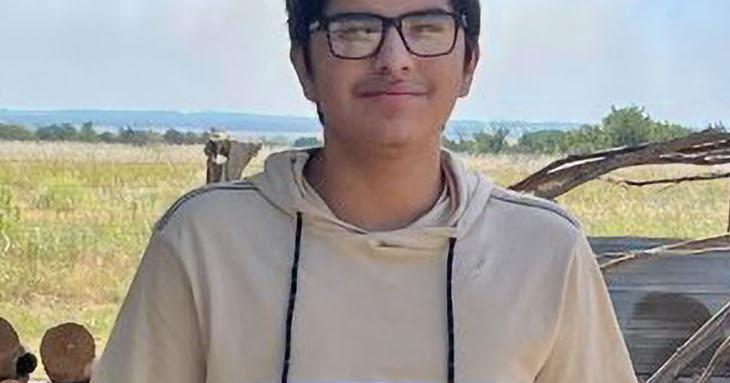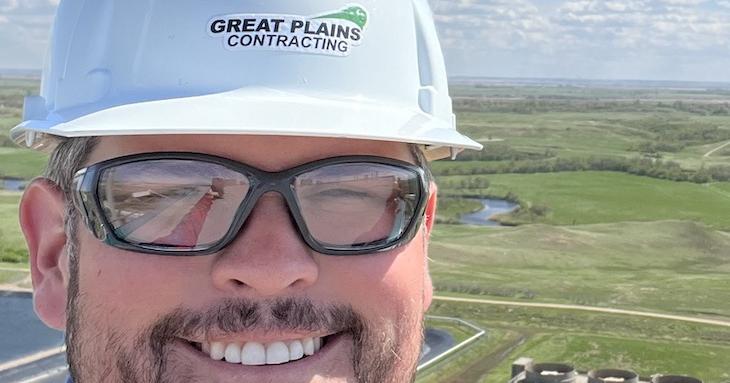-
Executive Excellence | Chris O’Gorman | Winnebago Tribe of Nebraska
In his job as director of weapons stockpile management at Sandia National Laboratories, Chris O’Gorman manages and leads a diverse team of 400-plus scientists, engineers, and technologists. It’s an important and complex job: O’Gorman is tasked with ensuring the reliability and safety of America’s nuclear weapons stockpile.
-
Blazing Flame | Rachel Yellowhair | Navajo
When Rachel Yellowhair was growing up in the Navajo Nation in Arizona, she didn’t have role models who could paint a picture of what a career in medicine, engineering, or some other STEM field could look like. Still, there were teachers and employees at the coal mine where her father worked whom Yellowhair noticed. “Those are all careers to be commended,” Yellowhair says. “But they were the only role models when I was growing up. I didn’t have a doctor or an engineer or an architect who could say, ‘I’m a Navajo and you can do this too.’”
-
Most Promising Engineer or Scientist | Angela Teeple | Bay Mills Indian Community – Sault Ste. Marie Band of Chippewa
When Angela Teeple was in middle school in Virginia, she enrolled in Project Lead the Way (PLTW) classes designed to get young people interested in STEM. In her class were Teeple’s best friend — a girl — and a roomful of boys.
-
Indigenous Excellence | Dr. Sonia Ibarra | Apache, Caxcan, and Mexicana
When Dr. Sonia Ibarra approaches a research project, her first concern is something many scientists don’t even consider: the need to build the trust, relationships, and support of the community where her work will take place.
-
Technical Excellence | James Leatham | Cherokee Nation
For years Jim Leatham wondered why he looked at the world and behaved in ways that were so different from other people. It’s not as though Leatham wasn’t flourishing. He obtained an undergraduate mechanical engineering degree from the Massachusetts Institute of Technology and a master’s degree in electrical engineering/electrophysics from the University of Southern California.
-
Professional of the Year | Deneen Hernandez | Seneca Nation
Deneen Hernandez had an early introduction to criminal justice as well as anatomy and physiology because babysitters were scarce. Her mother, a marshal for the Seneca Nation in New York, pursued a degree in criminal justice and had no choice but to take little Deneen with her to class. “I helped her study criminal justice, like constitutional law and Miranda rights,” says Hernandez, this year’s winner of the Professional of the Year Award.
-
Madison Whitekiller | Cherokee Nation | University of Oklahoma–Tulsa School of Community Medicine
Mdison Whitekiller became a “nurse” at the age of 10. Her mother had been diagnosed with breast cancer, and Whitekiller took care of her as best she could. Looking back, Whitekiller believes this experience greatly influenced her desire to pursue medicine. Now, as she starts medical school at the University of Oklahoma–Tulsa School of Community Medicine, she is well on her way to becoming a doctor and helping not only her mother but the larger Native community.
-
Dr. Artley Skenandore | Oneida Nation | Oneida High School
Three words. The question Oneida High School Principal Artley Skenandore asks his students has just three words: “What’s your goal?” When new teens come to his school, he puts his question to each of them. If one replies, “I don’t have one” or “My goal is to graduate,” Skenandore says his usual comeback is “We’re going to work on that because that’s not a goal. That’s a stop along the way.”
-
Solomon Vargas Jr. | Cheyenne and Arapaho, Lakota Sioux | University of Central Oklahoma
People who grow up in a strong family that’s grounded in tradition are doubly fortunate, and Solomon Vargas Jr. knows how lucky he is. “I am blessed to come from a big family who take part in our traditional ways,” he says. He grew up in Canton, a small community — population 464 — in northwestern Oklahoma, where his family owns three houses next to each other on their tribal land. “My late great-grandmother Ida Lena Nibbs Williams and the late Kenneth Williams raised 13 kids and held many ceremonial sweats and peyote meetings at our family homeplace for many years,” Vargas explains.
-
John Desjarlais | Cree-Métis | Great Plains Contracting
How does it work? For John Desjarlais, that question led him to a concentration in mechanical engineering at the University of Saskatchewan. Still, he didn’t come to that decision until several years after high school, so he was 31 by the time he completed his first degree. Desjarlais, Cree-Métis, had already earned a certificate in radiation environmental monitoring and worked professionally. But his childhood interest in the physical world and how things move — how they work — coupled with his enjoyment of math and physics, brought him back to mechanical engineering.


